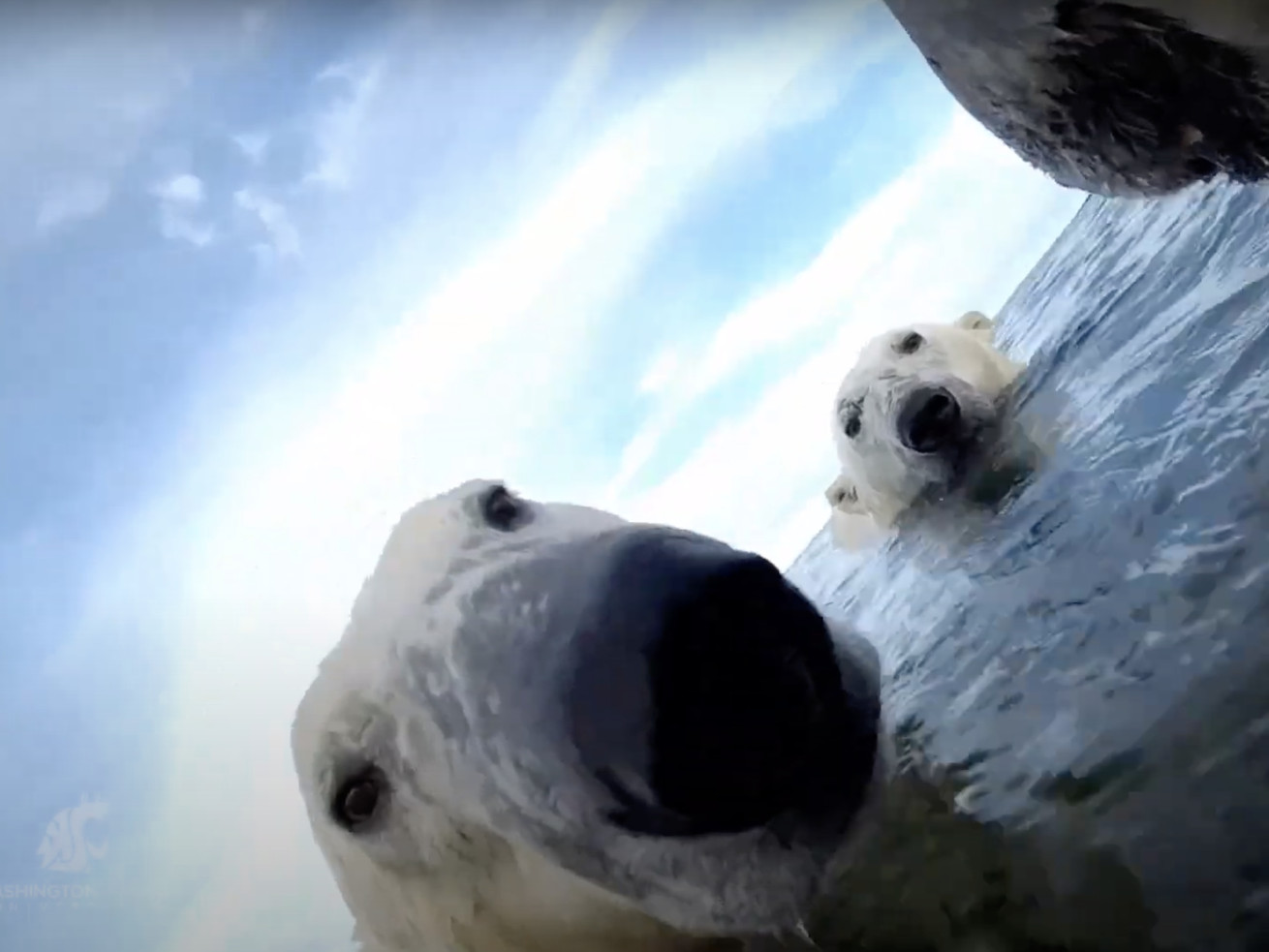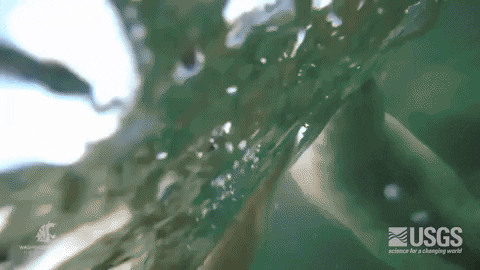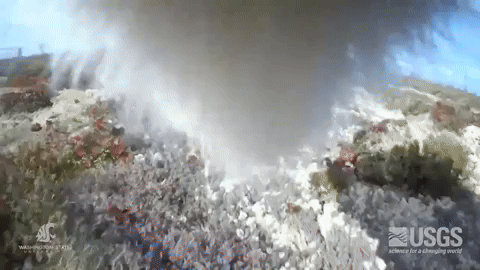
New footage from cameras strapped to polar bears in Canada reveals what life is like in a warming world. | USGS/Washington State University
As the Arctic warms, these iconic bears are spending more time on land. New videos reveal why that’s a problem.
Global warming is famously bad for polar bears. The reason is simple: Sea ice provides a platform from which these hulking predators can hunt seals, their primary food source. And climate change is dramatically shrinking the number of weeks each year that the Arctic oceans are covered in ice. As a result, polar bears are spending more time on land, where calorie-dense food is far less accessible.
What that means for the survival of these iconic creatures, however, has been something of a mystery. Can they cope with life on land?
In search of answers, scientists strapped recording devices to 20 polar bears in Canada’s Hudson Bay, where the ice-free period has increased by roughly three weeks since 1979, as part of a study published today in the journal Nature. The cameras recorded 115 hours of footage over three recent years, providing a rare window into the land-bound lives of these animals.
The clips, some of which are stitched together in the video below, show bears feeding on bird carcasses (at the 2:30 mark), eating berries and grasses (at 3:15), and chewing on some marine mammals, including a beluga whale (at 5:00).
At times, these gargantuan creatures — which can weigh more than 1,500 pounds — seem to act like dogs, occasionally play-fighting in the water (2:42) and gnawing on antlers (3:06).
(You can find more timestamped descriptions about what’s going on in these clips here.)
The clips are not only cute and entertaining but highly revealing.
“We were amazed by the video footage,” Anthony Pagano, a wildlife biologist at the US Geological Survey (USGS) in Alaska who led the study, said in an email to Vox. “The video footage really highlighted how intelligent these animals are by using different behavior strategies to survive their time on land while without access to their primary prey.”
Before capturing these videos, scientists suspected that polar bears might cope with life on land by either resting to save energy (i.e., burning fewer calories) or filling up on other prey, like seabirds and plants. These bears ultimately used both approaches, according to the footage and other data the scientists collected, including measurements of movement, body mass, and energy burned. Some individuals laid down to conserve energy whereas others were actively foraging for food.
Neither approach, however, was especially successful. All but one of the 20 bears lost weight, suggesting they would eventually go hungry. One individual lost nearly 80 pounds.

USGS/Washington State University
The study revealed that some bears took long swims, which is “new and unexpected for this time of year,” Andrew Derocher, a polar bear expert at the University of Alberta, who was not involved in the study, said in an email. “These are possibly acts of desperation,” he said. “Hungry and skinny bears take more risks than fat bears.”
Feasting on berries and other foods also does little to stave off hunger, the research reveals. “This study really brings home the message that there’s no salvation from terrestrial feeding to help polar bears through the ice-free period,” Derocher said.
Researchers estimate that the polar bear population in this region has already fallen by 30 percent since 1987. This study provides yet more evidence that more warming — i.e., less ice — will only make this already bad situation worse. “With increased land use, the expectation is that we’ll likely see increases in starvation,” Pagano said in a statement.

USGS/Washington State University
Some polar bear populations elsewhere may be more resilient to warming, at least in the short term, as Vox previously reported. Scientists have observed a group of bears in southeast Greenland that hunt using ice that breaks off of glaciers, which is available year-round in some places. (While sea ice is frozen ocean water, glaciers are made of snow compressed over time into large sheets of ice that flow like a slow-moving river.)
In a warming world, regions with glacial ice, like Greenland and Svalbard, might be strongholds for the species, helping them hang on. It’s not exactly good news, scientists caution. Instead, it foreshadows the final act of a tragedy, revealing where the last remnants of a species could live.
For now, we’re lucky to be able to glimpse the lives of polar bears through their eyes. In the future, there will likely be a lot less to see.
——————————————-
By: Benji Jones
Title: Scientists strapped cameras to a bunch of polar bears. The footage is breathtaking — and alarming.
Sourced From: www.vox.com/down-to-earth/24065214/polar-bears-climate-change-shrinking-sea-ice
Published Date: Tue, 13 Feb 2024 16:00:00 +0000
Read More
Did you miss our previous article…
https://politicscope.com/social-issues/wholl-blink-first-the-worlds-largest-music-company-or-tiktok/
I'm a writer for lifestyle publications, and when I'm not crafting stories, you'll find me cherishing moments with my family, including my lovely daughter. My heart also belongs to my pets—Sushi, Snowy, Belle, and Pepper. Besides writing, I enjoy watching movies and exploring new places through travel.

